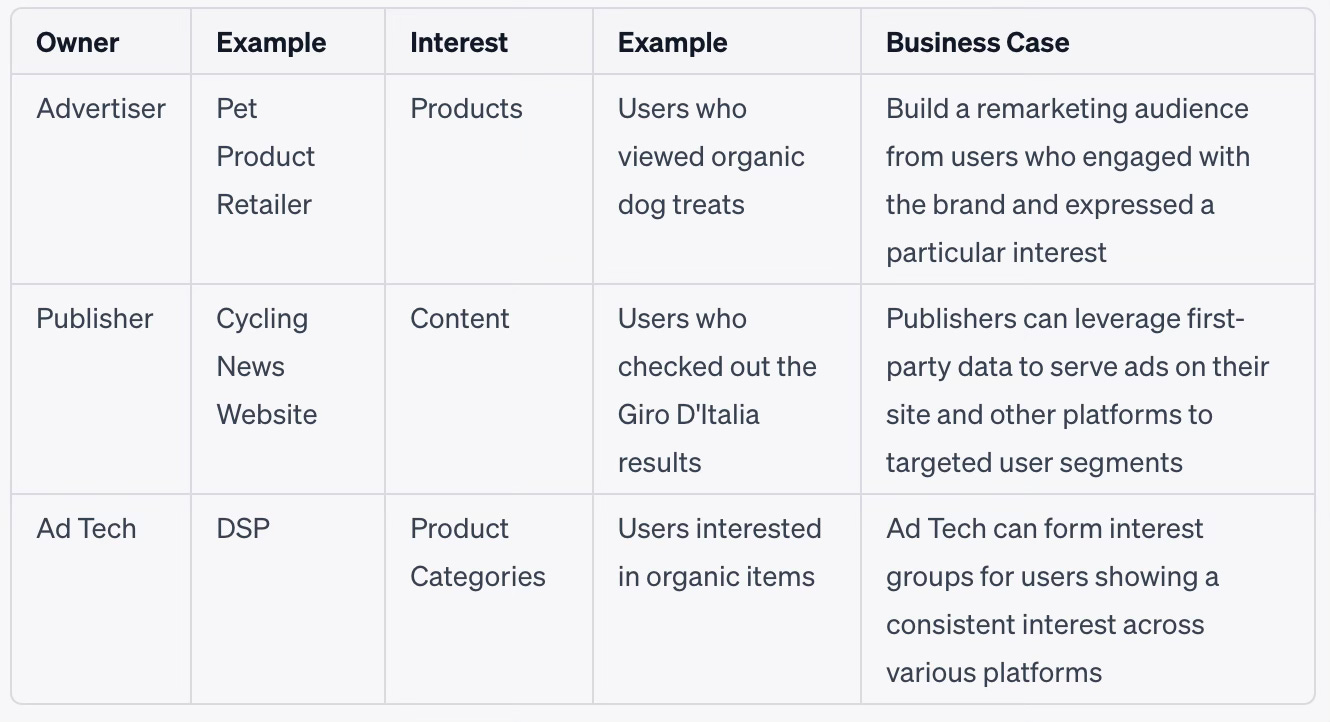Next Advertising Era - Privacy Sandbox: Protected Audience API
"What are Chrome Site Suggested Ads, how do they operate, and what can we expect from the future of advertising? This is the second episode of 'The Next Advertising Era serie."
Google Chrome remains the last browsers to phase out 3rd-party cookies, the backbone of today's advertising infrastructure, yet a technology notorious for its lack of user privacy considerations. The tech giant from Mountain View is in a position where it has to delay joining other browsers in discarding 3rd-party cookies. Furthermore, it is tasked with developing and endorsing alternative solutions that safeguard the essence of modern advertising. Failure to do so could invite antitrust regulators to impede Google's progress in moving beyond 3rd-party cookies.
The Privacy Sandbox is Google's comprehensive suite for ushering in the Next Advertising Era. Protected Audience, in my opinion, stands out as the most intriguing and sophisticated technology to emerge. It's designed to sustain the practice of remarketing, enabling advertisers to target users with customized ads based on their previous interactions
How do Site Suggest Ads work?
Site Suggest Ads in Chrome are the tangible form of the Protected Audience API, which you might have known as the Fledge API. Here’s how they work in simple terms: as users navigate a website, the site owner or an authorized third party can opt the browser into what’s called an Interest Group. This is done by using the function: navigator.joinAdInterestGroup(). Think of an Interest Group as a collection of interests that a user shows through their browsing habits, or that is inferred from data held by the site operator or a third-party with authorization.
Then, when the browser lands on a publisher's site, the publisher can trigger the function navigator.runAdAuction() to signal the browser to consult its list of authorized Interest Groups that are eligible to bid in a programmatic advertising auction. Each Interest Group that's been given the green light has to put forward a bid to compete in the auction.
Within the joinAdInterestGroup function, you're required to specify a few key details:
Name of the interest group (required): say, ‘naked motorcycles’
Owner of the interest group (required): for example, https://dsp.example
Optional configuration information that allows the browser to fetch ad code, bidding code, and real-time data when the interest group's owner is called into an auction. This additional information helps the owner determine whether to enter the auction and at what bid level.
What sets this apart from existing remarketing/targeting techniques?
The most significant shift is certainly in how remarketing lists are managed. Today, they're actual user lists: we pinpoint user behaviors of interest and subsequently activate a remarketing list for those specific users. Usually, the list is populated and ready for action within 24 hours. Moving forward, this process will change; it will require advance planning to identify which user behaviors are of interest, and then the code must be activated at the time of browsing. Browsers will begin populating the interest group only from that point forward, meaning you can’t target users who have previously completed an action of interest.
This paradigm shift underscores the growing importance of a meticulously crafted data strategy, as activities must be pre-planned to ensure the availability of data for activation.
The Protected Audience API initially came into play to support remarketing in a world without 3rd-party cookies. It's now enhanced with features that equip it to tackle a variety of business scenarios and assist different types of interest group owners. I've distilled the key points into the table below.
The Protected Audience API might just be the privacy-centric answer for handling segments that extend beyond the IAB classifications or the Topics API categories. Not only does it keep the data market vibrant, but it also places a higher emphasis on user privacy.
Why did I use the term 'higher emphasis' on user privacy? The technology is in its early stages, and as it gains traction in the market, there might be vulnerabilities discovered that could expose user information. These issues will need to be addressed. Rest assured, the development team and the working group are diligently ensuring that everything is as secure as possible.
Are other browsers gonna adopt this tech?
Microsoft Edge might be the first to jump on this. Redmond's company has always been on the ball with shaping API functionalities of Privacy Sandbox, and after snagging Xandr, they've got two teams looking into this space.
Mozilla Firefox might hop on next. As for Apple, I reckon they'll hold off a bit, but the Safari crew is super active on GitHub, pinpointing potential privacy issues in various tech pitches.
What's the scoop for advertisers? As usual, not much. The new audiences will be up for grabs, and it's the Ad Tech vendors who'll be hustling to roll them out and put them to the test. The switch might be a breeze. By the first quarter of 2024, we'll be seeing the initial test results and probably the first rollouts ready for the end user
Previous Episode of: Next Advertising Era
Reading Suggestions
Be Data Literate by Jordan Morrow that is driving my professional choice
Present Beyond Measure: Design, Visualize, and Deliver Data Stories That Inspire Action by Lea Pica that is supporting my data storytelling
IAB Tech Lab Identity Solution guide from IAB to understand Alternative ID
Marketing in the messy middle Google's document to guide us through the Messy Middle, Mountain View's perspective on summarising the user's decision-making process.






